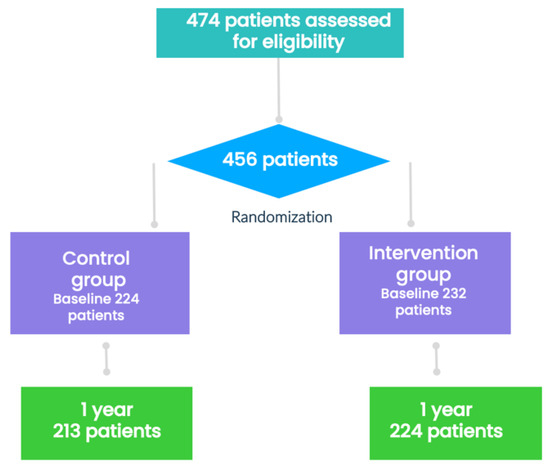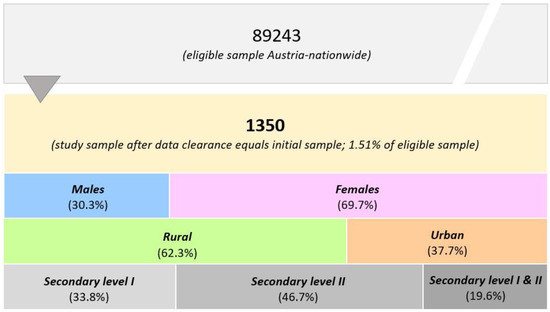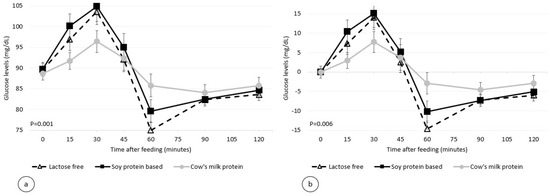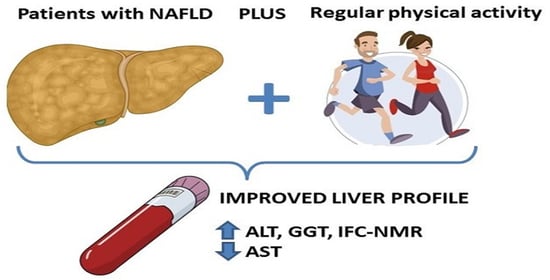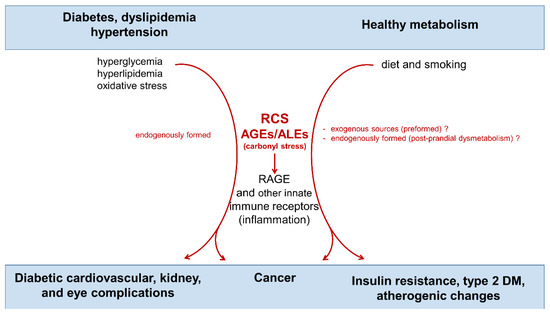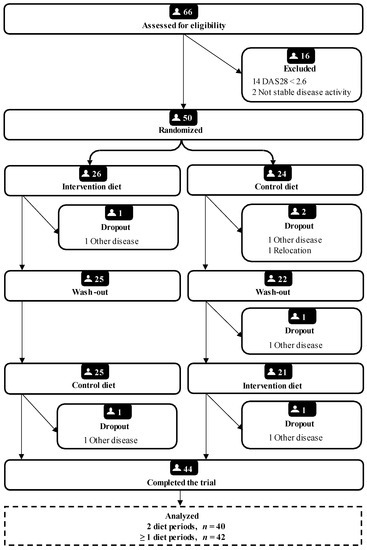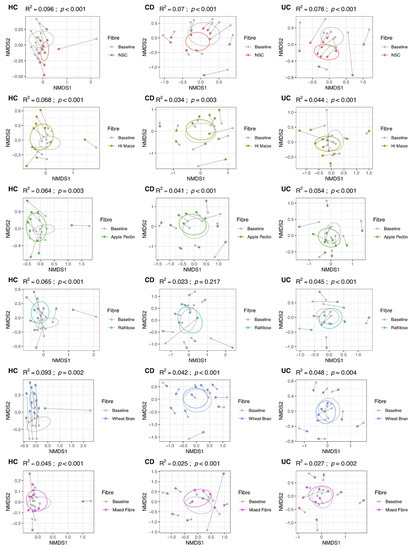Nutrients 2022, 14(5), 1066; https://doi.org/10.3390/nu14051066 - 3 Mar 2022
Cited by 5 | Viewed by 3356
Abstract
Metabolic syndrome (MetS) increases the risk of cardiovascular disease, type 2 diabetes mellitus, and cancer. Despite the higher prevalence of MetS in obese adults, little is known about the effectiveness of intensive and group interventions in improving MetS prevalence. This study aimed to
[...] Read more.
Metabolic syndrome (MetS) increases the risk of cardiovascular disease, type 2 diabetes mellitus, and cancer. Despite the higher prevalence of MetS in obese adults, little is known about the effectiveness of intensive and group interventions in improving MetS prevalence. This study aimed to investigate the effectiveness of an intensive lifestyle program in reducing the prevalence of MetS in adults with obesity. Patients with obesity (n = 456, 48.8
(This article belongs to the Special Issue The Role of Diet and Nutrition in Preventing Abdominal Obesity)
►
Show Figures
